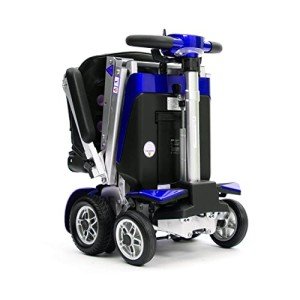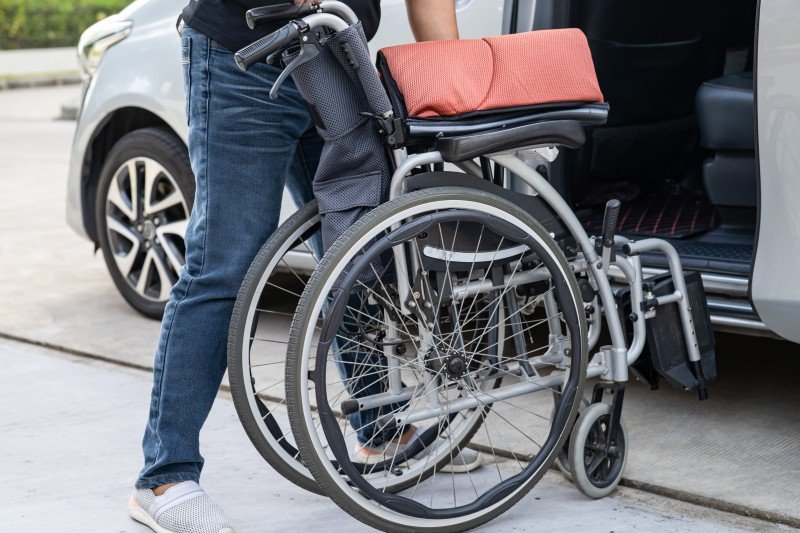
17
May9 Things Your Parents Taught You About Buying A Mobility Scooter

Navigating the Journey: A Comprehensive Guide to Buying a Mobility Scooter
In a period where mobility is critical, the significance of ease of access tools like mobility scooters mobility for sale can not be overstated. These gadgets offer independence and freedom to people who may otherwise discover it challenging to move. Whether you're a senior seeking to maintain an active lifestyle, somebody recovering from an injury, or an individual with a disability, a mobility scooter can be a game-changer. This guide intends to offer a thorough introduction of the factors to consider when buying a cheap mobility scooters for sale scooter, guaranteeing you make a notified and confident choice.
Understanding Mobility Scooters
A mobility scooter stores scooter is a battery-powered device created to assist individuals with mobility issues. They come in various types, each tailored to various needs and environments. The main parts of a mobility scooter include the frame, motor, battery, and controls. They can be classified into three main types:
- Travel Scooters: Compact and lightweight, these scooters are designed for simple transportation and storage. They typically include features like disassemblable parts, making them ideal for travel.
- Front-Wheel Drive Scooters: These are usually more economical and ideal for indoor and smooth outdoor surface areas. They are ideal for short distances and casual use.
- Rear-Wheel Drive Scooters: Built for durability and power, these scooters are best for outdoor usage and longer distances. They offer better stability and can manage rougher terrain.
Secret Factors to Consider
When buying a mobility scooter, numerous factors ought to be taken into consideration to guarantee it fulfills your particular requirements and choices.
Meant Use
- Indoor vs. Outdoor: Determine where you will mostly utilize the scooter. Indoor scooters are usually lighter and more maneuverable, while outdoor scooters are developed for sturdiness and can handle rougher surface areas.
- Distance: Consider the optimum distance you need to take a trip. Some scooters have a series of just a few miles, while others can increase to 30 miles or more on a single charge.
Size and Weight
- Frame Size: Ensure the scooter is the right size for you. Adjustable seats and tillers (steering columns) can boost convenience and fit.
- Weight Capacity: Check the weight capability of the scooter to ensure it can safely support your weight.
Battery and Charging
- Battery Type: Most scooters use lead-acid or lithium-ion batteries. Lithium-ion batteries are lighter and have a longer life expectancy but are more expensive.
- Charging Time: Consider for how long it takes to charge the battery and whether you have access to a practical charging place.
Functions and Accessories
- Seating: Look for a comfy, adjustable seat with great back support.
- Storage: Some scooters come with baskets or storage compartments for carrying personal products.
- Safety Features: Features like headlights, taillights, and brakes can improve safety, particularly for outside use.
Budget plan
- Expense: Mobility scooters can range from a couple of hundred to numerous thousand dollars. Set a spending plan and look for models that use the best worth for your cash.
- Upkeep: Consider the continuous expenses of maintenance, such as battery replacement and routine servicing.
Steps to Buying a Mobility Scooter
Research study and Compare
- Online Reviews: Read evaluations from other users to get a concept of the scooter's efficiency and dependability.
- Producer Websites: Visit the sites of trusted manufacturers to get more information about their items and client assistance.
Test Drive
- Regional Dealerships: Visit regional dealerships to check drive different models. This will help you get a feel for the scooter's handling and comfort.
- Ask Questions: Don't think twice to ask the sales representative about the scooter's functions, maintenance requirements, and warranty.
Seek Advice From a Healthcare Professional
- Medical Advice: If you have specific medical conditions, seek advice from a healthcare expert to make sure the scooter meets your needs.
Consider Insurance and Assistance
- Insurance coverage: Check if your medical insurance covers the cost of a mobility scooter.
- Federal government Assistance: Some federal government programs use monetary support for mobility help.
Make the Purchase
- Service warranty: Ensure the scooter includes an extensive service warranty that covers both parts and labor.
- Shipment and Setup: Arrange for shipment and setup if the scooter is not portable.
FAQs
Q: What is the difference in between a mobility scooter and a power wheelchair?
- A: A buy mobility scooter scooter is normally utilized for outside and longer distances, while a power wheelchair is more suitable for indoor use and has a smaller sized turning radius. Mobility scooters are normally simpler to operate and have a more open style, whereas power wheelchairs use more support and are better for users with minimal upper body strength.
Q: How do I pick the best size mobility scooter?
- A: Measure your height and weight to ensure the scooter can accommodate you comfortably. Look for models with adjustable seats and tillers to customize the fit. Test driving the scooter can also assist you figure out if it is the best size.
Q: Can I utilize a mobility scooter on public transport?
- A: Many public transport systems, consisting of buses and trains, are geared up to accommodate mobility scooters. Nevertheless, it's a good idea to check the specific guidelines and requirements of your regional transit authority.
Q: How typically do I require to charge the battery?
- A: The frequency of charging depends upon the battery type and the range you take a trip. The majority of scooters can go 10-30 miles on a single charge. It's a good practice to charge the battery after each use to keep its life expectancy.
Q: What upkeep is required for a mobility scooter?
- A: Regular maintenance includes checking the battery level, tire pressure, and brake function. It's also important to clean the scooter and keep it totally free from debris. Follow the maker's guidelines for more in-depth maintenance guidelines.
Buying a mobility scooter is a significant investment that can greatly improve your quality of life. By thinking about the factors outlined in this guide, you can discover a scooter that satisfies your requirements and supplies the freedom and independence you should have. Whether you're exploring the outdoors or navigating your daily regimen, a well-chosen mobility scooter can be a dependable buddy on your journey.
Additional Resources
- Mobility Scooter Reviews: Websites like Consumer Reports and MobilityScooterExpert provide in-depth evaluations and contrasts of various designs.
- Regional Support Groups: Join regional assistance groups for individuals with mobility concerns to share experiences and get recommendations.
- Federal government Programs: Check with city government companies for programs that offer monetary support for mobility help.
By making the effort to research study and make a notified choice, you can delight in the many benefits of a mobility scooter and continue to live an active and fulfilling life.

Reviews